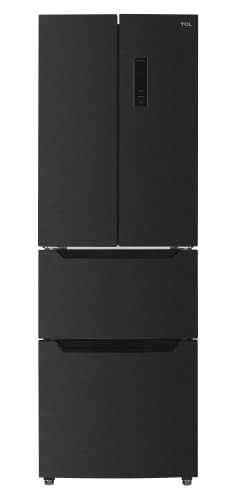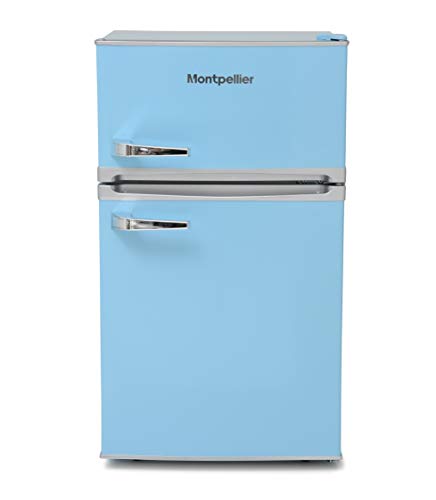
Refrigerators and freezers are two of the most important devices in modern-day kitchen areas. These home appliances serve an important function in food preservation and waste decrease by guaranteeing that perishable items stay fresh and safe for usage. This article explores the numerous types of fridges and freezers, their functionalities, and important factors to consider for choice and maintenance.
The market provides a range of refrigerator types, each designed to satisfy various customer requirements. Below is a list of the most typical types of fridges:
Top-Freezer Refrigerators
Bottom-Freezer Refrigerators
Side-by-Side Refrigerators
French Door Refrigerators
Compact Refrigerators
| Type | Advantages | Disadvantages | Normal Size |
|---|---|---|---|
| Top-Freezer | Budget friendly, energy-efficient | Less convenient access to the freezer | 14-30 cu. ft. |
| Bottom-Freezer | Simpler access to fresh food | Freezer can be harder to arrange | 19-30 cu. ft. |
| Side-by-Side | Easy gain access to, water/ice dispenser | Narrow vs. storage area | 22-30 cu. ft. |
| French Door | Stylish, spacious, organized | More costly | 20-30+ cu. ft. |
| Compact | Space-saving, portable | Limited storage | 1.7-5.5 cu. ft. |
Freezers are an equally important home appliance for food conservation. They can be found in different styles designed to fit various family requirements. Consider the following types:
Upright Freezers
Chest Freezers
Portable Freezers
| Type | Benefits | Downsides | Normal Size |
|---|---|---|---|
| Upright Freezer | Simpler to arrange | Less energy-efficient, more floor area | 5-20 cu. ft. |
| Chest Freezer | Holds more items, energy-efficient | Harder to arrange | 5-25 cu. ft. |
| Portable Freezer | Compact and versatile | Limited storage capacity | 1-10 cu. ft. |
When picking a fridge or freezer, customers ought to bear in mind a number of functions that can enhance performance:
While fridges and freezers are vital technologies, they likewise have particular benefits and disadvantages:
| Pros | Cons |
|---|---|
| Maintain food life expectancy and reduce waste | Need routine maintenance |
| Permit bulk purchasing and meal prepping | Can be expensive to acquire and run |
| Deal convenience and fast access to food | Occupy considerable kitchen space |
To guarantee durability and optimal performance of fridges and freezers, think about the following maintenance suggestions:
Q1: How long can food be kept in a freezer?A: Most foods can be kept in a freezer for several months. Meats and poultry often last 4-12 months, while veggies can last as much as 8-12 months.
Q2: How often ought to I clean my fridge and freezer?A: It is advisable to clean your fridge and freezer every 3 to 6 months, or as required when spills take place. Q3: Can I put hot food directly in the fridge?A: It is advised to cool hot food to room temperature level before putting it in the fridge to avoid
raising the temperature inside the appliance. Q4: Why is my fridge running constantly?A: This might be due to a malfunctioning thermostat, clogged up coils, or door seals that aren't working properly. Fridges and freezers are important
possessions to modern-day homes, offering necessary services for food storage and preservation.
Comprehending the various types, functions, and maintenance requirements can help consumers select the best fridges appliances for their requirements and optimize their functionality. Welcoming energy-efficient designs not only supports sustainable practices but also contributes to considerable savings on utility costs, making informed options more crucial than ever.
No Data Found!

